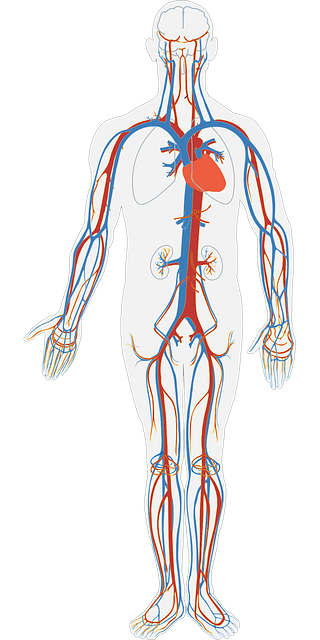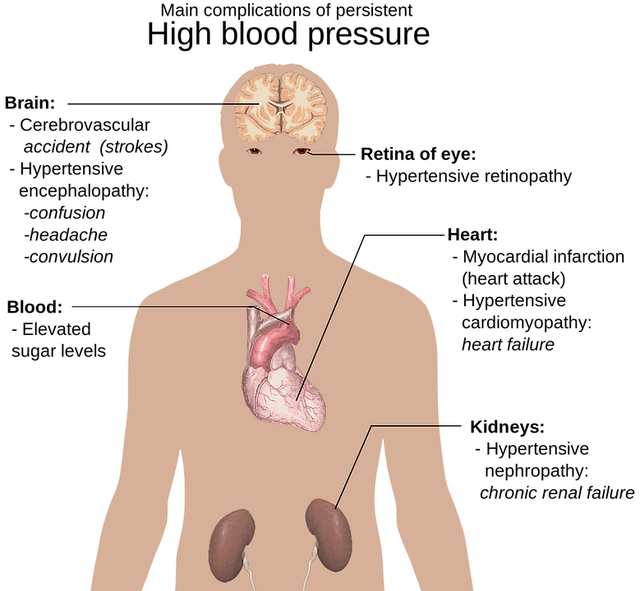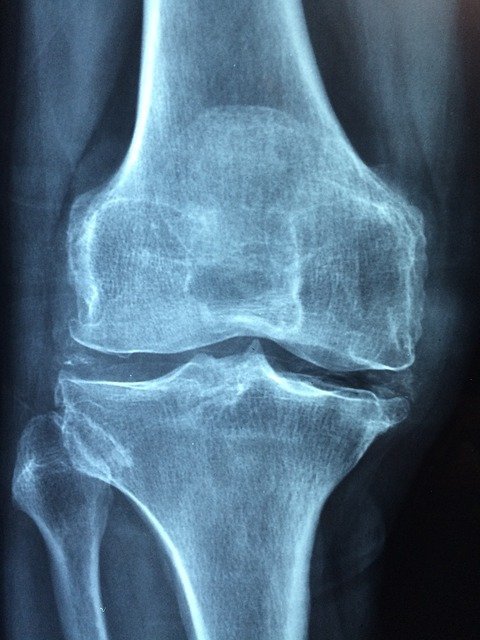- Cupping / Hijama Treatment Plan
- Body Part or Function Involved
- Symptoms and Effects
- Dietary Changes
- Changes in Lifestyle
- Alternative Remedies
Information on this site shall be considered as holistic, alternative and spiritual advice only. For medical advice and treatment a GP, medical professional and/or Certified Hijama Therapist should be consulted. In all circumstances where lifestyle changes, supplements, or other foods are suggested your GP should be consulted. Client Safety is the number one priority.
Cupping / Hijama Treatment Plan for Blood Circulation
Allow 2-4 weeks between sessions – longer if required. Hijama Points shown for each session should ONLY be used to guide the therapist. Body size, cup size, and any other conditions need to considered and appropriate care and attention taken. The number of sessions shown can be increased or reduced depending on the condition of the client.
Complete Treatment Plan
Click here for Session 1Click here for Session 2
Click here for Session 3
Click here for Session 4
Click here for Session 5
Use the standard hijama points as an additional or as separate standalone sessions.
Standard Wet Points – 1,55,11
Click here for Hijama Points on the back of the bodyIf the client has a complicated history and numerous concerns then it is a good idea to use our online consultation service – click here.
Which body part or function is involved in Blood Circulation?
The circulatory system or cardiovascular system carries nutrients and oxygen dissolved in the blood throughout the body cells. This system consists of the heart and blood vessels spread throughout the body. the vessels that carry blood away from the heart are called arteries and the vessels that carry blood towards the heart are called veins. The major blood vessel called the aorta divided further into larger arteries that further divide into smaller ones that further split into tiny blood vessels called capillary networks. Two interconnected circulatory systems in the human body are responsible for providing organs, tissues and cells with oxygen and vital nutrients. When we breathe in the oxygen from the environment enters the blood in pulmonary circulation while the carbon dioxide exits the blood. Blood circulation starts when blood is pumped from both atria of the heart into both ventricles and then into the larger arteries.

In the case of systemic circulation, the oxygen-rich blood from the left ventricle is pumped into the aorta (main artery) that further is divided into smaller arteries and then the capillary network spread throughout the body. the blood then drops the oxygen and nutrients here and picks up the carbon dioxide and other wastes taking them back to the heart. This low oxygen blood is collected by the veins and enters the heart’s right atrium and then to the right ventricle.
Pulmonary circulation starts from here as the right ventricle with low oxygen blood pumps it to the pulmonary artery with smaller branches and capillaries that are surrounding the pulmonary vesicles. These vesicles are the sites where carbon dioxide is released, and oxygen enters the bloodstream back into the circulation. From here the carbon dioxide is exhaled into the environment as we breathe out. While the blood rich in oxygen travels to the heart via the pulmonary vein entering the left atrium and into the left ventricle. This complete systemic circulation cycle is repeated with every heartbeat.
What are the symptoms and effects of Blood Circulation on the body?
Circulation of blood is important for the transport of oxygen and nutrients required for the growth and survival of the body. Anything that leads to a reduction in blood flow to a particular body part causes poor blood circulation that most commonly affects the body parts farther from the heart including arms and legs.
Poor blood circulation itself is not a diseased condition but a result of some other health problem so the treatment of the main cause is important to improve the symptoms like poor blood circulation. Multiple conditions can cause poor blood circulation including:
Diabetes
Can lead to poor blood circulation in some body parts besides affecting the blood sugar levels.
Poor blood circulation
May cause pain and cramping of the legs, thigh, calves, and buttocks. the muscles cramping especially affect diabetic people when they are physically active.
Peripheral artery disease
Peripheral artery disease is a condition that can cause poor circulation specifically in the legs due to the narrowing of the blood arteries and vessels. Similarly, atherosclerosis where a build-up of plaque in the arteries and blood vessels leads to stiffness of these vessels causing poor blood flow to the extremities that results in pain.
Varicose veins

Varicose veins are caused by failed valves leading to veins that are enlarged and appear as puffy and twisted mostly evident at the back of the legs. Due to the damage, these veins are poor at blood circulation. The chances of this condition are higher in people who have a family history of varicose veins. This condition is more common in females and people who are obese.
Obesity
Being overweight put extra pressure on overall organs of the body and lead to various health conditions and also cause poor blood circulation after standing or sitting for a longer period.
Smoking
Smoking causes damage to the blood vessels leading to poor blood flow.
Blood clots
Blood clots can develop anywhere in the body and cause partial or complete blockage of the blood vessels. A blood clot when develops in the arms or legs can lead to poor blood flow and circulation issues. Clots can lead to serious health problems or even death of a person when they break from their site of origin and travel along the blood towards the heart or lung. It can also cause stroke in a person. The symptoms of poor blood circulation include numbness and tingling in the arms and legs, muscle cramps, throbbing pain in limbs, ulcers, swelling on legs and feet, restlessness, poor digestion, skin discoloration cold hand, and feet.
What changes in diet can help improve symptoms of Blood Circulation?
Including certain food in your diet can help to cure poor blood circulation and oxygenation of muscles. Pomegranate contains high amounts of nitrates and polyphenol antioxidants that are involved in vasodilation. Similarly, citrus fruits, barriers, fatty fish, walnuts, cinnamon, ginger, garlic, turmeric, onion, cayenne pepper, beets, leafy vegetables, tomatoes are helpful in poor blood circulation.
Changes in lifestyle which can help Blood Circulation
Lifestyle patterns also affect the health condition and may lead to various health issues. Smoking is a factor associated with numerous health conditions including cancer, it also affects blood circulation, so it is recommended to quit smoking. Exercise and staying physically active improve blood flow and cause vasodilation. Obesity and being overweight lead to poor blood circulation in the body so managing a healthy weight is helpful.
Possible alternative remedies for Blood Circulation
Wearing compression garments with the doctor’s approval can help out with improving blood circulation in the body by compressing the area. similarly, the elevation of the legs helps people with poor blood flow, oedema, or swelling or that occurs in the legs, feet, and ankles. Also, getting a massage, dry brushing your body in the morning, staying hydrated, removing stress by doing yoga, meditation, and listening to calming music greatly improves blood circulation.




